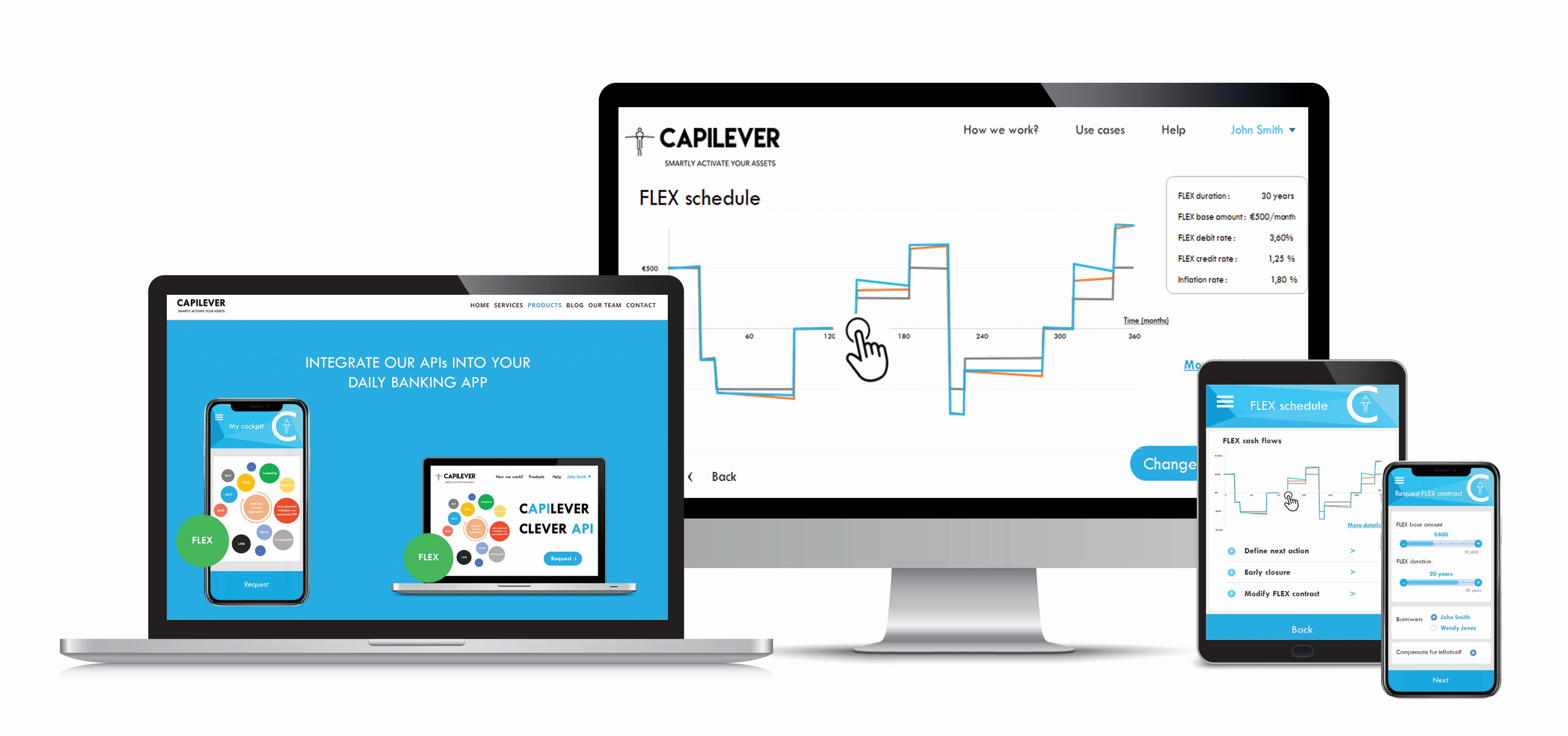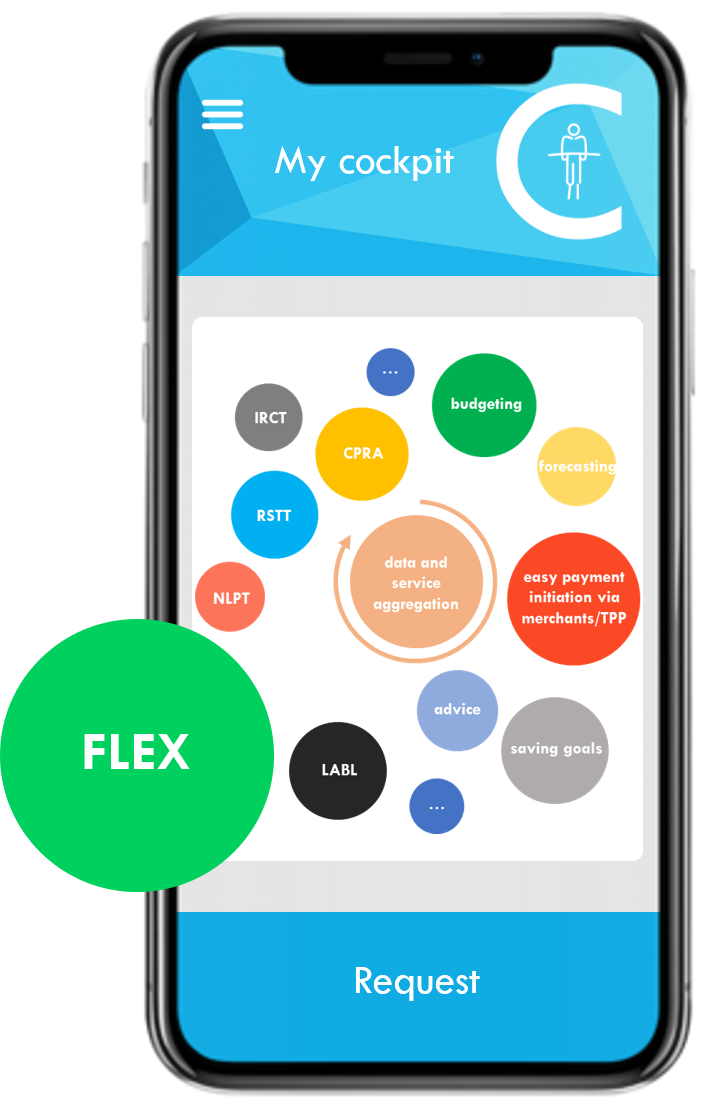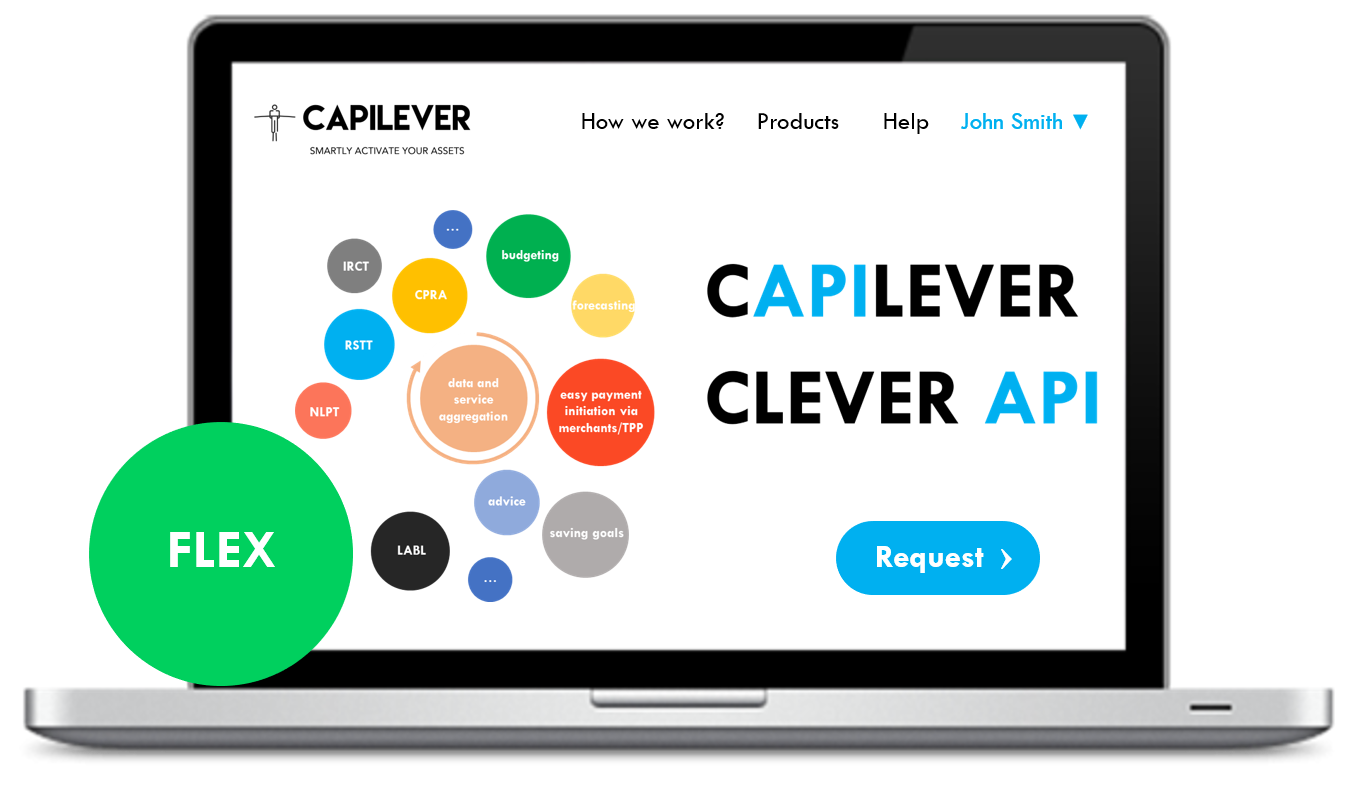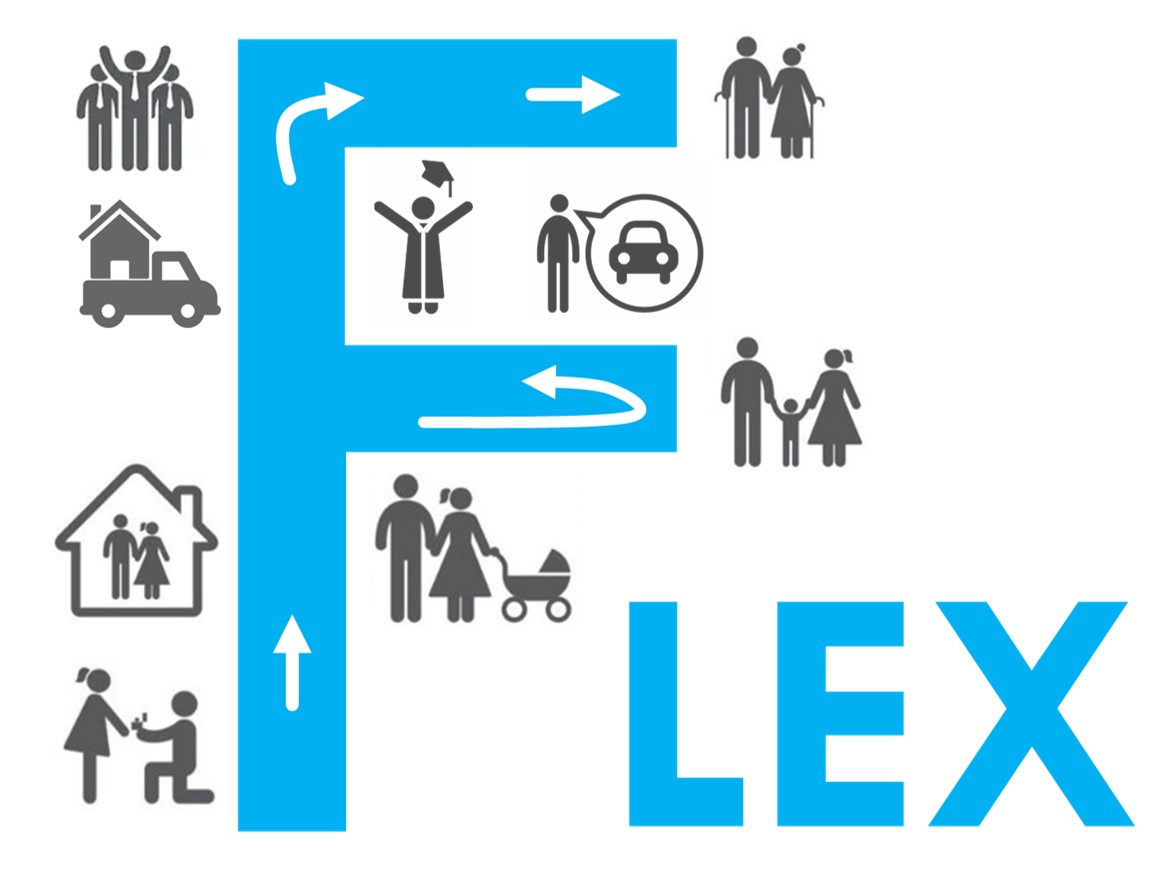Financial Life Event Xeduler (FLEX)


Balance your income and expenses over moments in life when you need them most
Everybody knows the quote: “When you’re young you have time and energy but no money. When you get older you have money and energy but no time. And later when you finally have time and money, you no longer have energy”. In the philosophy of Capilever that banks should help their customers with managing their financials and financial risk, we believe banks are ideally positioned to improve this situation.


Financial Life Event Xeduler (FLEX)
Balance your income and expenses over moments in life when you need them most
Everybody knows the quote: “When you’re young you have time and energy but no money. When you get older you have money and energy but no time. And later when you finally have time and money, you no longer have energy”. In the philosophy of Capilever that banks should help their customers with managing their financials and financial risk, we believe banks are ideally positioned to improve this situation.
Capilever’s FLEX product, being a combination of a flexible long-term loan and a long-term investment product, can help customers better spread some key financial events in life. Over the lifetime of the product, the customer gets a number of slots during which they will receive money and a number of slots during which they will need to pay money. Customers can attribute the slots themselves, in order to best match their life situation.
How does it work?
1
Customer opens FLEX contract with specific FLEX amount *
2
Credit scoring is performed
3
Customer simulates different FLEX plans
4
Customer selects plan and signs the FLEX contract
1
Customer opens FLEX contract with specific FLEX amount *
2
Credit scoring is performed
3
Customer simulates different FLEX plans
4
Customer selects plan and signs the FLEX contract
* FLEX amount
The FLEX amount (or “Base amount”) is the amount on which the FLEX contract is based. This means any repayment or pay-out done will be this amount in full (100%) or half (50%), compensated for inflation and accumulated interest rates, either debit or credit, depending on whether the client is investing or lending at that moment in the Flex Plan. In the compensation with interest rates, the tool will cap the increase to pay, with a configurable percentage.
INTEGRATE OUR APIs INTO YOUR DAILY BANKING APP



FLEX use case
Better balance your finances over some major events in your life
John and Nathalie are a young couple (both 25 years), who just decided to go live together in an apartment they are renting. Both have a good job, so currently they can save quite some money, but they know this will not stay like that in the future. Therefore they open at their bank a FLEX contract for a period of 25 years for a base amount of 500 EUR. As John and Nathalie have a good financial score, no restrictions are set to the contract.
John and Nathalie follow a quite standard life pattern. After living 2 years together, their first child is born and they decide to buy a house. Quite soon they welcome a 2nd child. This brings a quite difficult financial period, with the cost of day-care and their mortgage payments, but furthermore John decides to go work 4/5th, which results in less income. Luckily John and Nathalie opened a few years ago a FLEX contract, so they decide to set the action type to “Full receive” for a few years (in the contract they have 60 months, in which they can receive the full base amount). A few years later, both children go to primary school, so John decides to work back full-time, so income increases again and expenses drop, so they adapt the action type back to “Half pay”. In some months, when it’s a bit more financially difficult, they change action type to “Do nothing”. About 15 years later, their children go to college, which costs a significant amount of money, so they decide again to receive money from their FLEX plan. Once their kids are graduated, there is more breathing room again to pay back money to the bank.

FLEX use case
Better balance your finances over some major events in your life
John and Nathalie are a young couple (both 25 years), who just decided to go live together in an apartment they are renting. Both have a good job, so currently they can save quite some money, but they know this will not stay like that in the future. Therefore they open at their bank a FLEX contract for a period of 25 years for a base amount of 500 EUR. As John and Nathalie have a good financial score, no restrictions are set to the contract.
John and Nathalie follow a quite standard life pattern. After living 2 years together, their first child is born and they decide to buy a house. Quite soon they welcome a 2nd child. This brings a quite difficult financial period, with the cost of day-care and their mortgage payments, but furthermore John decides to go work 4/5th, which results in less income. Luckily John and Nathalie opened a few years ago a FLEX contract, so they decide to set the action type to “Full receive” for a few years (in the contract they have 60 months, in which they can receive the full base amount). A few years later, both children go to primary school, so John decides to work back full-time, so income increases again and expenses drop, so they adapt the action type back to “Half pay”. In some months, when it’s a bit more financially difficult, they change action type to “Do nothing”. About 15 years later, their children go to college, which costs a significant amount of money, so they decide again to receive money from their FLEX plan. Once their kids are graduated, there is more breathing room again to pay back money to the bank.

Ready to get Started ?
Happy to discuss your next Credit & Investment innovation project

